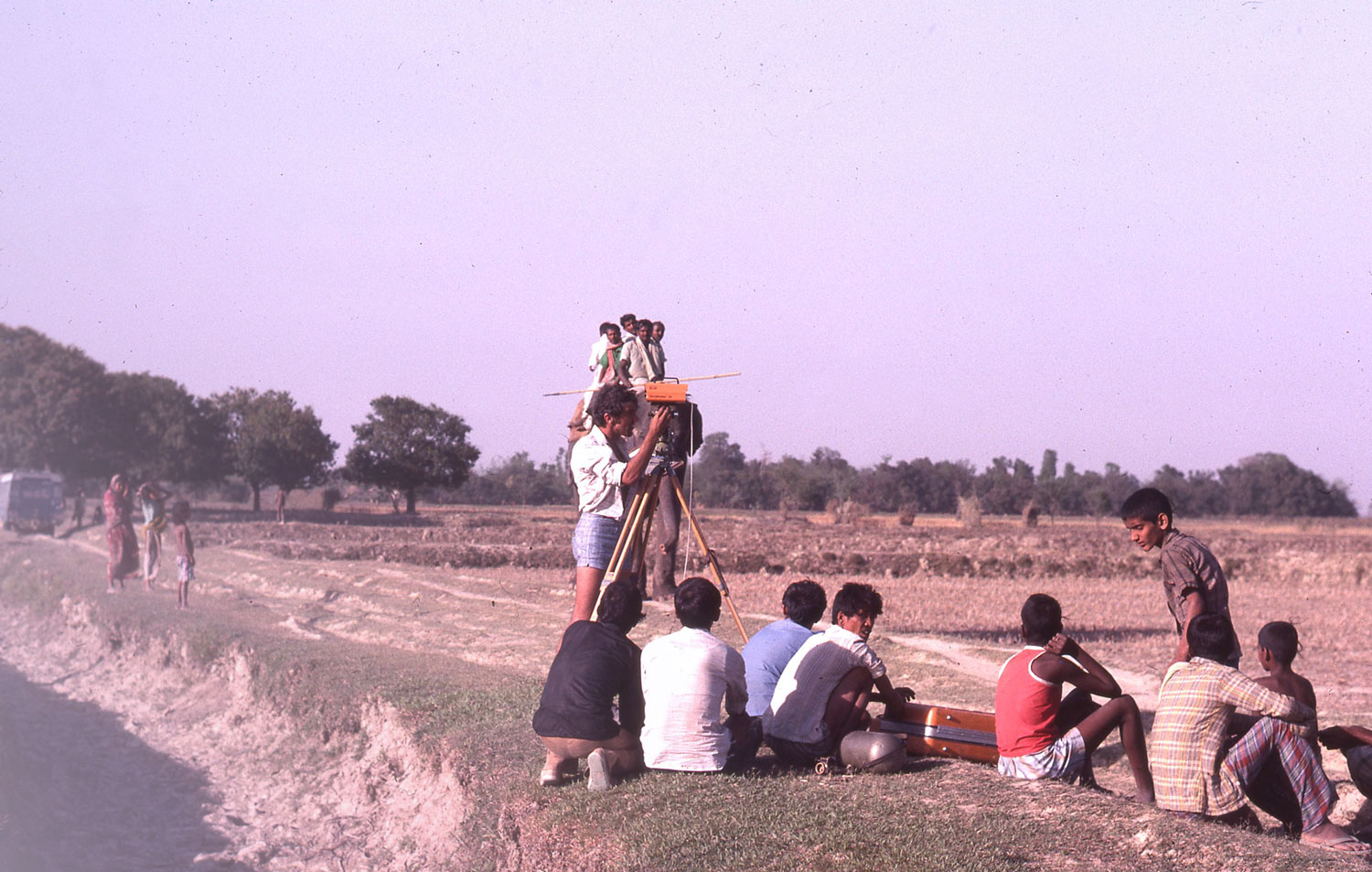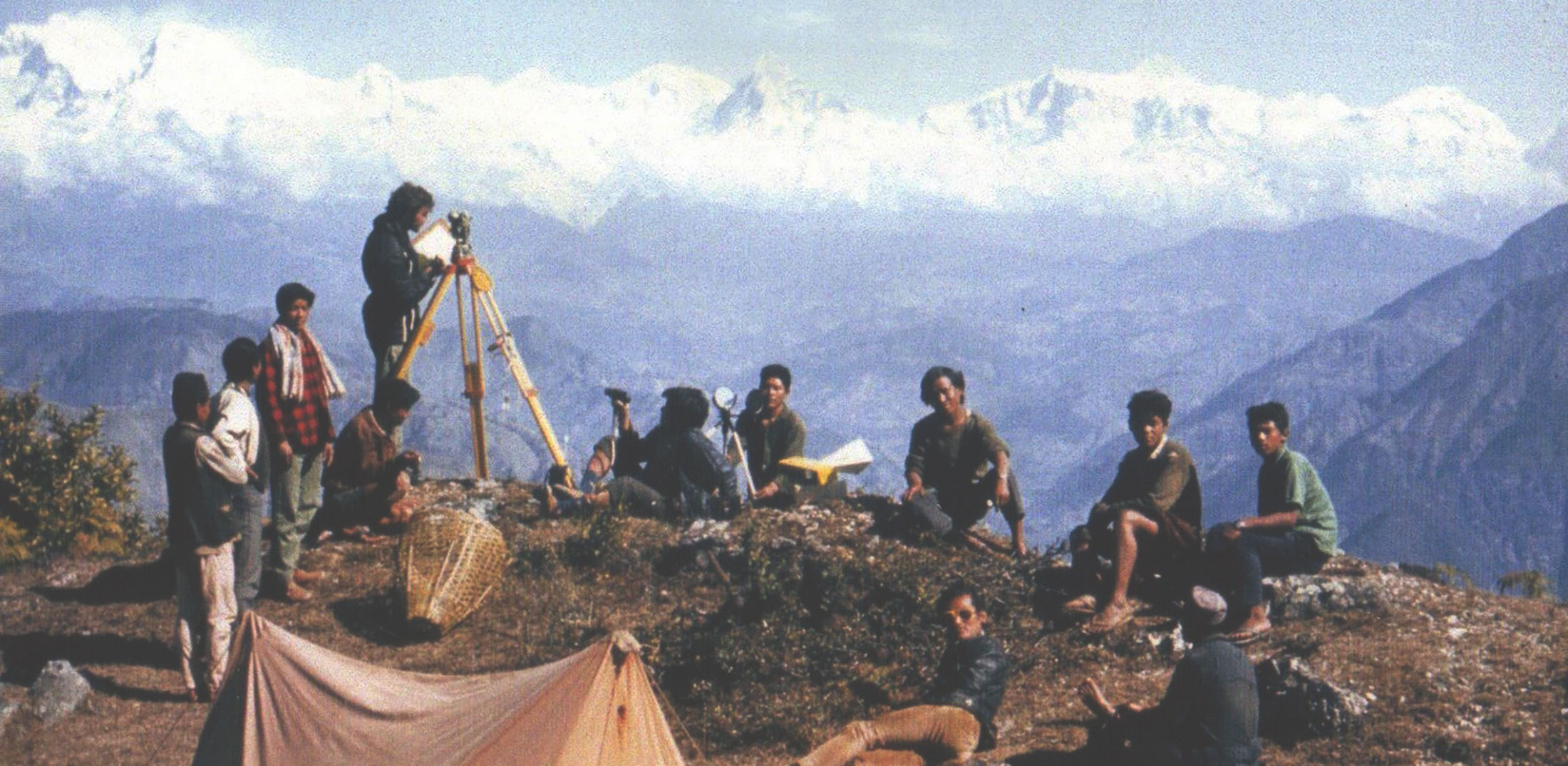
A nation-building project shapes a career
My career started as a Survey Technical Assistant with the Snowy Mountains Hydro-Electric Authority (SMHEA), SMEC’s predecessor, where I progressed through to Senior Technology Officer. I had amazing experiences working on the original Snowy Scheme that laid the foundation for a long and successful career working on hydro projects.
This was a time before digital technology. With a career spanning more than 55 years, I’ve certainly seen my profession transform throughout the decades.
Before electronic instrumentation, we learnt to work from basic principles using tools like mechanical calculators, slide rules and logarithmic tables. I was tutored by exceptionally competent senior surveyors, predominantly from Germany, which in the 1950’s was the mecca of technology development.
With the advent of computers (mainframe, desktop and calculators), the Snowy Mountains Hydro-Electric Authority was the first in Australia to investigate and employ emerging technologies, including electronic distance measurement by using both radio waves and lasers.
Going global: Professional and personal milestones
After working on various Snowy Hydro projects, I travelled throughout Southeast Asia as a surveyor, an aerial survey camera operator and photogrammetrist.
My first international assignment was in Nepal, where I spent three months each in 1974 and 1975 trekking the Himalayas doing aerial photography, survey control and aerial mapping for the investigation of hydropower projects. For the next seven years I surveyed for detailed design of identified hydro projects not only in Nepal but also in Indonesia, Kenya, Malaysia, Ghana and Thailand.
The projects were intense and exciting professionally, but these countries’ unique cultures added another layer of complexity and experience, especially Nepal and Thailand. In addition to amazing mountains, jungles and terrain, they are also the only two countries in the world which never came under European domination during the 1500’s to 1800’s. This allowed for them to preserve their individual cultures; and for someone coming from Australia, it was a pleasant eye-opener. That was the case in the 1970’s and 80’s before globalisation swept through.
Thailand also holds a special place for me as it was here on a SMEC assignment that I met my wife.
Two years later we were married in Cooma, New South Wales, and 40 years of marriage and three children later, we are still going strong.




My favourite memories
I’ve had many roles since my time at SMEC, including private consulting and research back to Southeast Asia, the Himalayas and on to South America and Africa. I also worked for various periods during 1999-2012 as Senior Surveyor in the Australian Defence Force, running the Geomatics Engineering Wing (Survey School) at the School of Military Engineering at Moorebank.
But I look fondly on the years working with SMEC as the best of my early career. One of my favourites was working as Chief Surveyor on the Roseires Dam Heightening Project on the Blue Nile in Sudan.
Some of my best memories are operating aerial cameras in the old Beavers and later the Pilatus Porters across New South Wales, Victoria and Nepal. Being towed behind a Snowcat or Weasel up to mountain tops was always fun because after surveying the control stations I got to free ski back down! I have great memories of travelling to many different countries and of course meeting my wife.
SMEC is unique in the global reach of its activities, especially in developing countries. Working on these projects, it wasn’t just consulting for investigation, feasibility studies and construction. It also involved the transfer of skills, technology and knowledge to local personnel, thus enabling these countries to continue the development that we started.
Related
insights
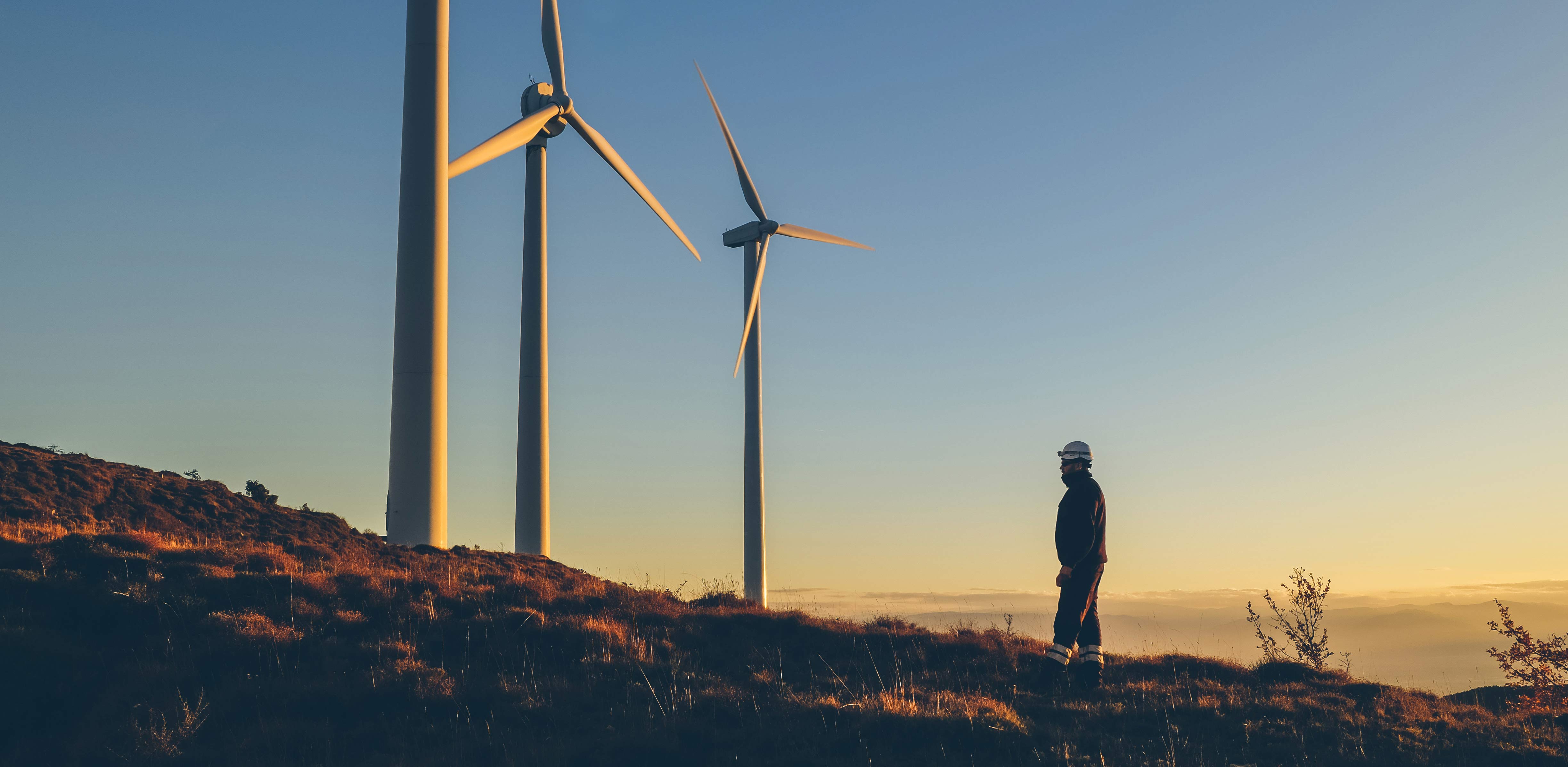 Australia’s renewable energy sector - 2019 and beyond
Australia’s renewable energy sector - 2019 and beyond
A fifth of the world's energy consumption was supplied by renewables in 2018 and research has shown that global renewable power capacity could provide more than a quarter of the world's electricity within the next few years.
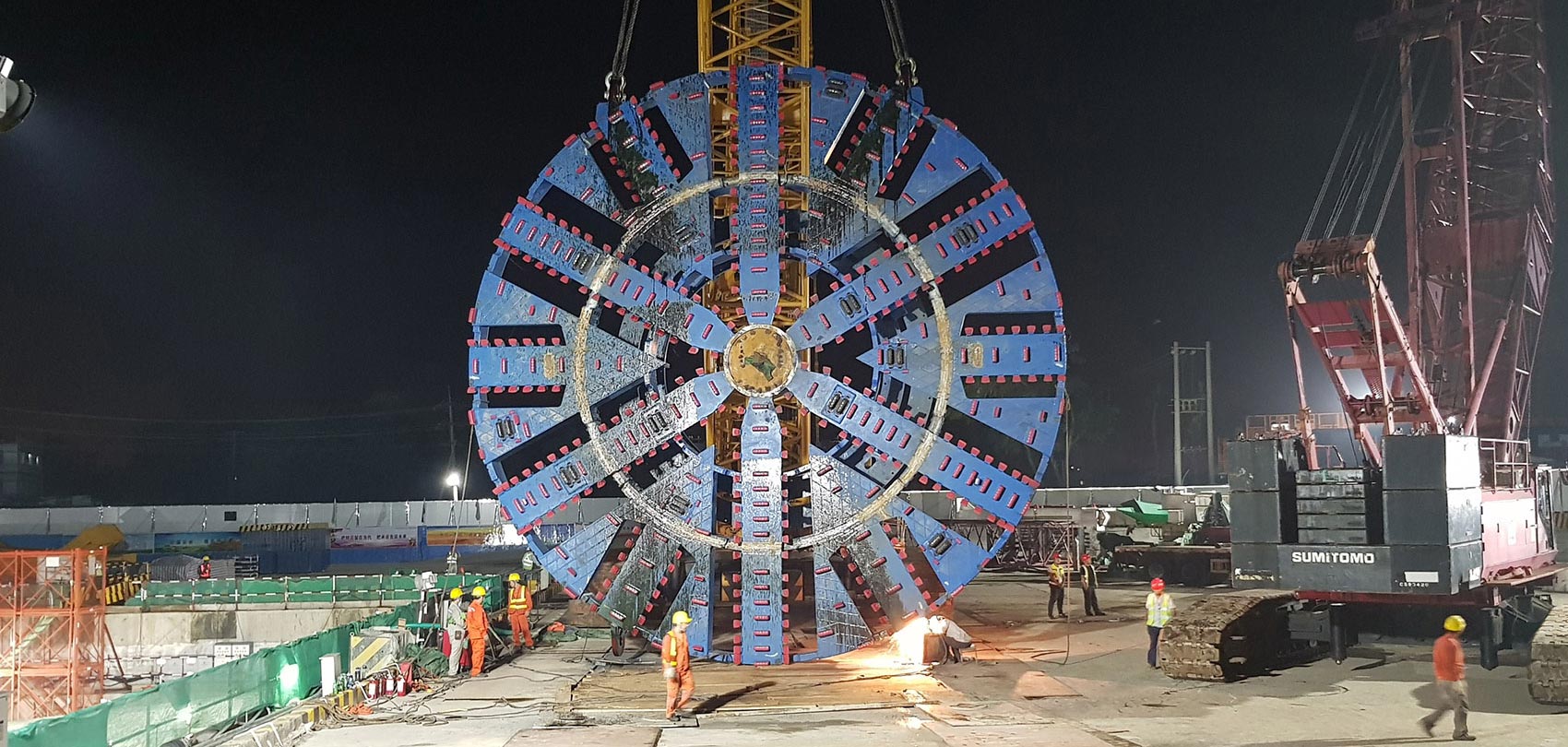 Breaking new ground on Bangladesh’s first underwater tunnel
Breaking new ground on Bangladesh’s first underwater tunnel
Bangladesh is a country of rivers. The Karnaphuli River services the city of Chattogram (formerly called Chittagong), the largest sea port of Bangladesh. With the rapid development of southeast Bangladesh, especially in the regions south of Chattogram, the two existing bridges over the Karnaphuli River are inadequate to accommodate the increase in traffic. With a population of over six million, the heavily congested city of Chattogram is closely surrounded on the east by the Chittagong Hill Tracts and the west by the Bay of Bengal, making an additional bridge type crossing of the Karnaphuli River unviable.
 Engineering the Olympics: Transport and Accessibility
Engineering the Olympics: Transport and Accessibility
In preparation for the 2032 Brisbane Olympic and Paralympic Games planning discussions have commenced between all levels of Government, Brisbane City Council and the International Olympics Committee.
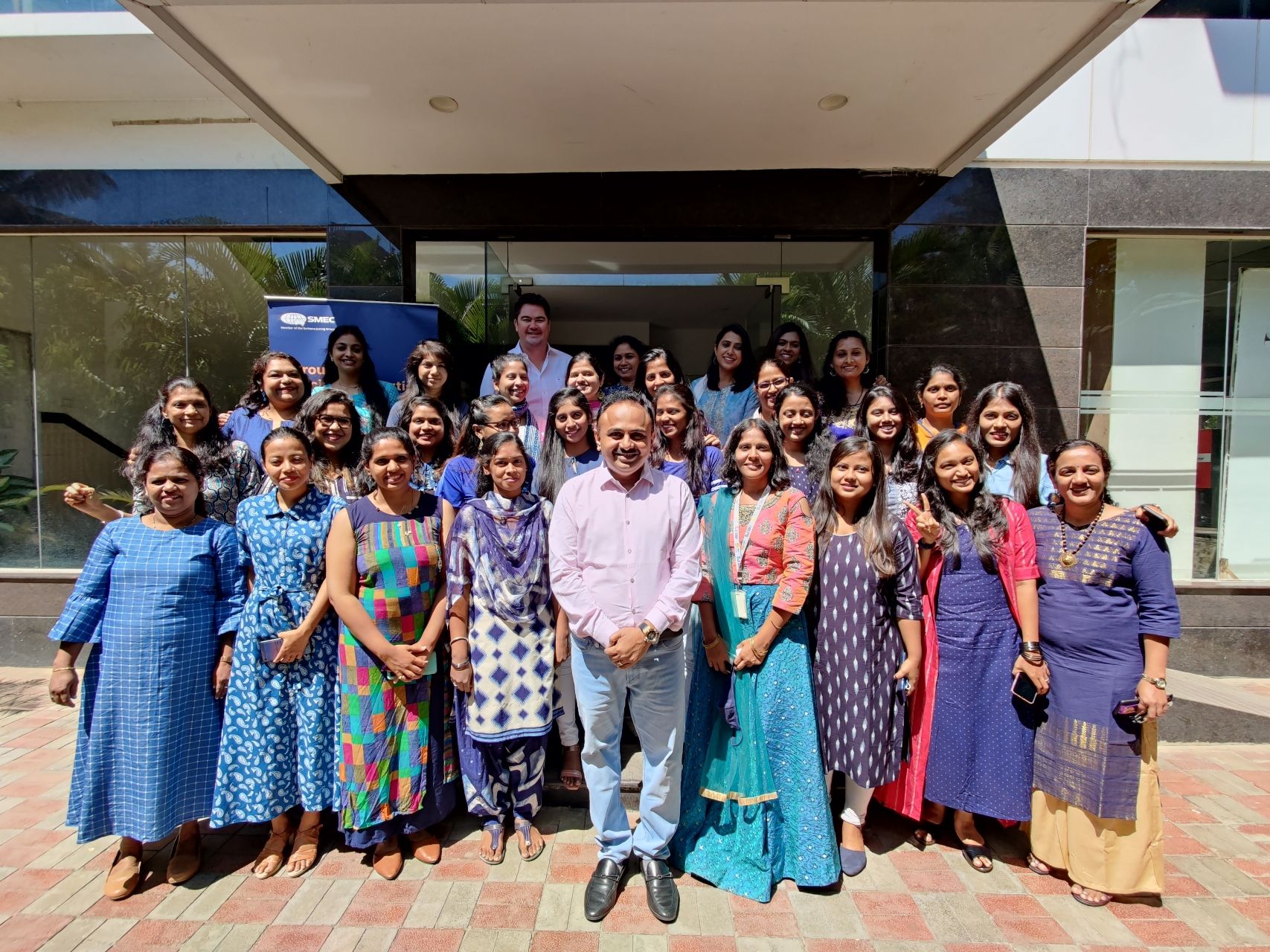 IWD2021 Wrap up: Choose to challenge
IWD2021 Wrap up: Choose to challenge
In March we marked International Women's Day 2021, a day to acknowledge and celebrate the contributions and achievements of women around the world, especially the many amazing women at SMEC who bring passion, expertise and diverse experience to our organisation, and who make what we do possible.





